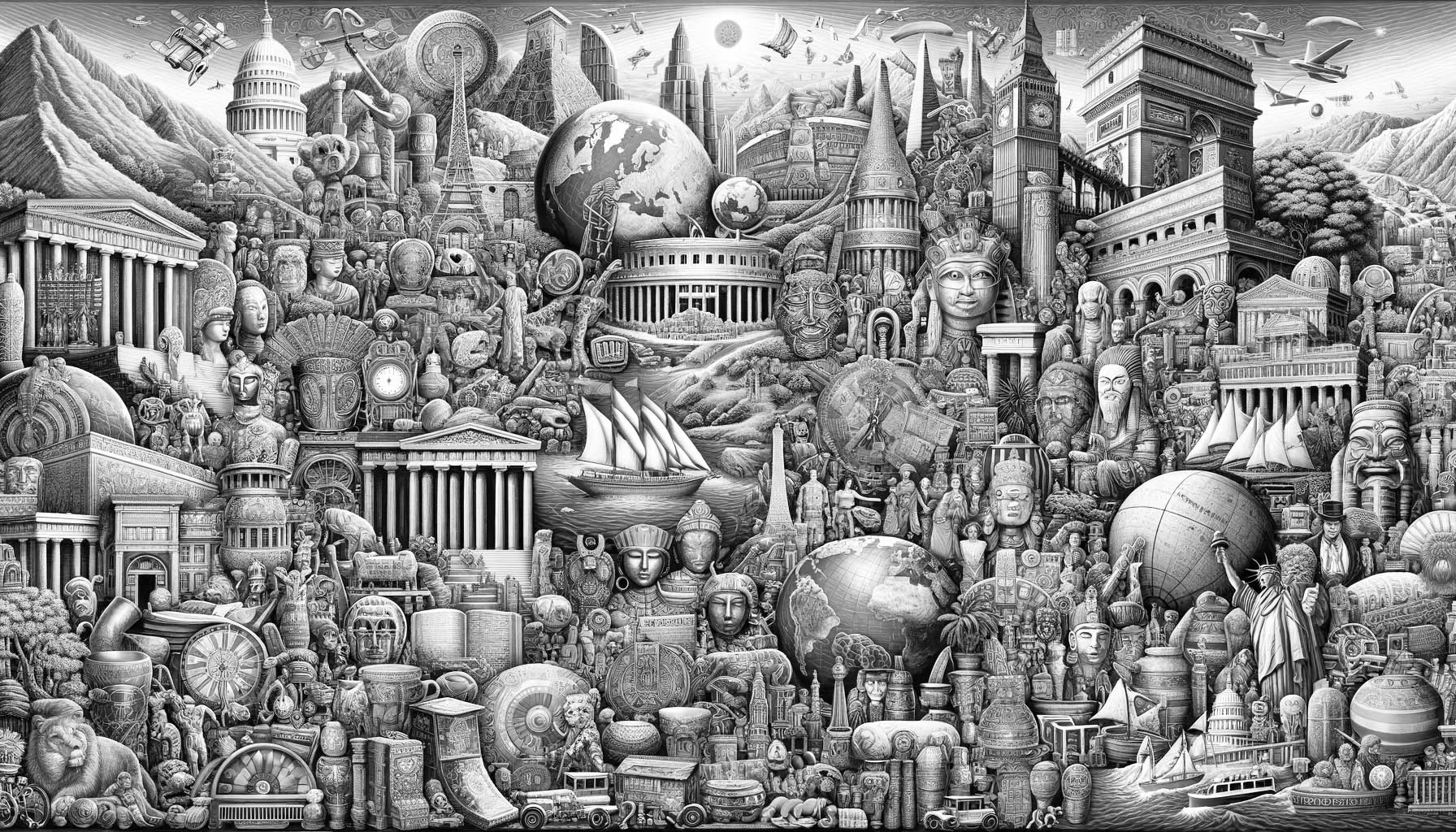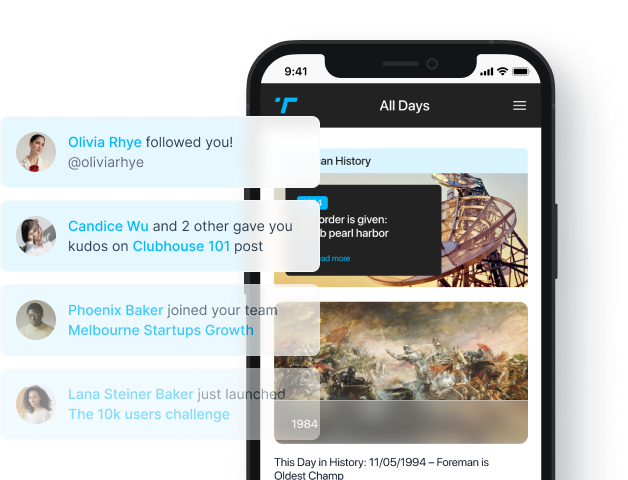Flashback to July 15
World History

On July 15th, 1994, a remarkable event occurred in our solar system: the planet Jupiter was hit by 21 large fragments of Comet Shoemaker-Levy 9. This collision created a series of monumental fireballs that were visible from Earth, marking one of the most significant astronomical events ever witnessed. Let’s delve into this extraordinary encounter and explore the impact it had on our understanding of celestial bodies.
Comet Shoemaker-Levy 9, named after the astronomers who discovered it, had been orbiting Jupiter for nearly two years before this fateful collision. Scientists had been closely monitoring the comet, as it was known that its trajectory would eventually lead to a close encounter with the gas giant. However, the exact nature of this encounter remained a mystery until the fragments began hitting Jupiter’s atmosphere.
The impacts took place over the course of several days, from July 16th to July 22nd, with each collision leaving a distinct mark on Jupiter’s surface. The fragments varied in size, with some being as large as two kilometers in diameter. As these fragments plunged into Jupiter’s atmosphere, they created immense fireballs, some of which reached temperatures hotter than the Sun’s surface.
The observations of this event were unprecedented. Astronomers and space agencies around the world turned their telescopes towards Jupiter, capturing images and collecting data to analyze the aftermath of each impact. The Hubble Space Telescope, in particular, played a crucial role in providing detailed and high-resolution images of the collisions.
One of the most striking aspects of the Shoemaker-Levy 9 event was the vivid markings it left on Jupiter. These dark scars, known as impact sites, were visible for weeks after the collisions. The largest impact, known as Fragment G, created a dark spot on Jupiter’s surface that was even detected by amateur astronomers on Earth using modest telescopes.
The data collected during this event provided valuable insights into the dynamics of planetary collisions. Scientists could study the composition of the fragments and the chemical changes they caused in Jupiter’s atmosphere. This information shed light on the nature of comet impacts and helped refine our understanding of the dynamics of celestial bodies in our solar system.
Furthermore, the Shoemaker-Levy 9 event highlighted the significance of Jupiter’s role as a cosmic “vacuum cleaner” for our solar system. The gas giant’s immense gravitational pull often attracts and captures comets and asteroids, preventing them from reaching inner planets like Earth. Understanding how Jupiter interacts with these celestial bodies is crucial for assessing potential threats to our own planet and mitigating the risks they pose.
The collision between Comet Shoemaker-Levy 9 and Jupiter was a momentous event in the field of astronomy. It provided us with an unprecedented opportunity to study the dynamics of celestial impacts and their effects on planetary atmospheres. The data collected during this event continues to contribute to our understanding of our solar system and its potential hazards.
As we reflect on this remarkable event that occurred on July 15th, 1994, we are reminded of the vastness and wonder of our universe. The collision between Comet Shoemaker-Levy 9 and Jupiter serves as a testament to the ongoing exploration and discovery that drives scientific curiosity. It is through these extraordinary encounters that we continue to unravel the mysteries of our cosmic neighborhood and broaden our knowledge of the universe we inhabit.
We strive for accuracy. If you see something that doesn't look right, click here to contact us!
Sponsored Content

Manitoba becomes 5th Canadian…
On 7/15/1870, Manitoba officially…

President Harry Truman disembarks…
President Harry Truman's historic…

Eight killed, 54 wounded,…
On July 15, 1983,…

The planet Jupiter is…
On July 15, 1994,…

Massacre of July 15,…
On July 15, 1927,…

Napoleon Bonaparte captured.
On 7/15/1815, the event…

